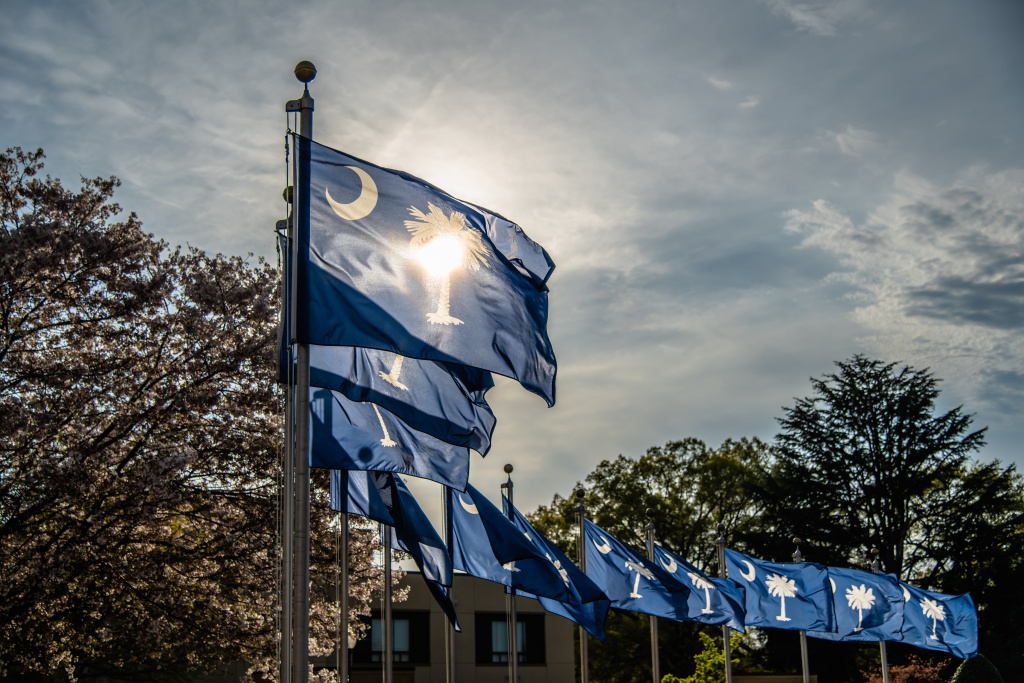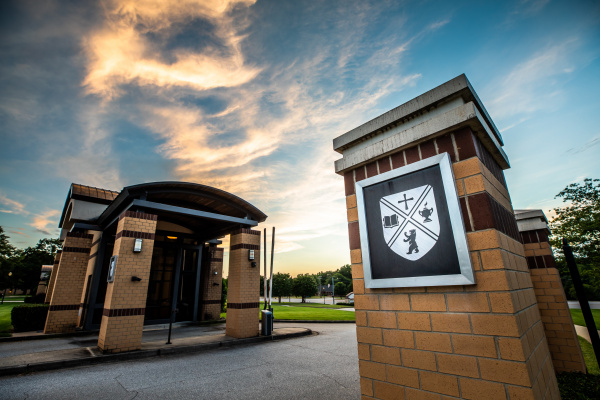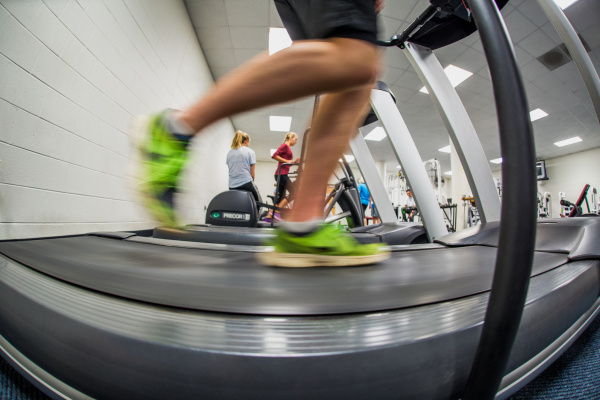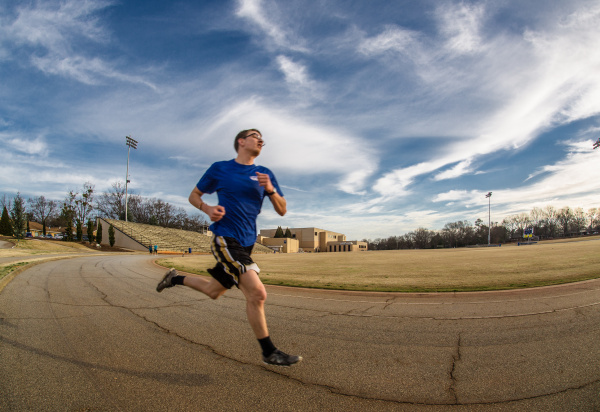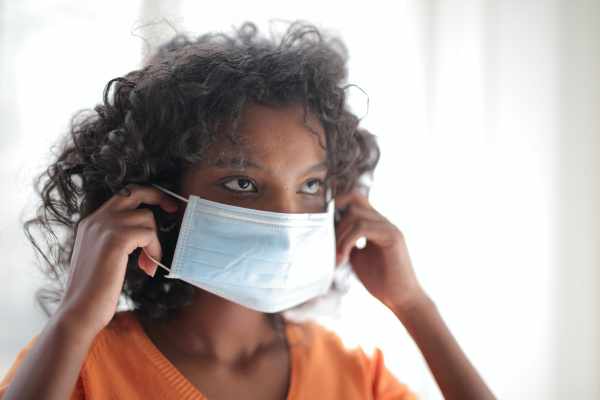Cases & Testing
As of Tuesday, April 7, 2020, South Carolina had 2,417 total positive COVID-19 cases and 51 deaths, with at least one positive case being reported for every county in the state.1 Greenville County is the third highest county in terms of number of positive cases.
Initial models projected that South Carolina would reach a rate of 582 reported new cases per week by the week of 3/22–28. The actual rate was 584 cases per week, lending confidence to the projecting models.
Most data regarding the spread of COVID-19 in South Carolina comes from the S.C. Department of Health and Environmental Control (DHEC). DHEC is ultimately responsible (in consultation with the CDC) for all testing in the state.
“DHEC’s Public Health Laboratory receives samples from healthcare providers to be tested for COVID-19. The U.S. Food and Drug Administration (FDA) has approved some private labs in South Carolina to also conduct this CDC-approved testing for COVID-19. These labs are required to report cases of the virus to DHEC.”1
Of the 18,097 tests collected by DHEC since the start of the outbreak, 1,700 have been positive, meaning that 9% of those tested came back positive.2
Government Response
Although DHEC has the power to test, survey and advise the state, the power to make policy rests in the state legislature and the governor.
South Carolina has come under recent scrutiny by health officials for its hesitance to enact strict stay-at-home orders like surrounding states. During a press conference on April 3, Governor Henry McMaster was repeatedly asked by reporters why he was one of only eight governors in the United States to decline enacting stay-at-home orders.
“Every state is different,” McMaster said. “They have different economies, different resources, they have different medical facilities. We are taking a deliberate approach, to be as aggressive as we possibly can at the right time and we’re following the data and the science to do that.”3
McMaster also stated that South Carolina’s lack of a large metropolitan center like Atlanta or Charlotte was another factor in his decision to allow many businesses to remain open. He has expanded Executive Order 2020-18 which requires more businesses to close in the coming week.
It is important to note the political influence behind these decisions. All eight remaining governors are members of the Republican party and represent a constituency of primarily Republican voters. Governor Kristi Noem of South Dakota (one of the remaining eight states) stated on April 3 that “the people themselves are primarily responsible for their safety.” She also acknowledged that opposition to government intrusion ingrained into state laws and culture “prevent us from taking draconian measures much like the Chinese government has done.”4
For now, the Federal Government has left this decision-making power to the states, but Governor McMaster has indicated that if a directive from the President were issued for all U.S. citizens to remain at home, he would enforce that measure.
Of note, in a report conducted by The New York Times released on April 2, Greenville County was ranked the worst county in the U.S. for reducing its travel. The report used phone data from citizens of counties with populations greater than 500,000 to compile average distances traveled for the last 2 months. Citizens of Greenville County traveled an average of 3.4 miles per day, more than any other county in the nation. 5
Sources
1 “Testing & SC Data (COVID-19).” SCDHEC, 2020, www.scdhec.gov/infectious-diseases/viruses/coronavirus-disease-2019-covid-19/testing-sc-data-covid-19.
2 “Coronavirus Updates in SC: Gov. McMaster Orders More Nonessential Businesses to Close.” The Greenville News, Greenville News, 4 Apr. 2020, www.greenvilleonline.com/story/news/2020/04/03/coronavirus-updates-sc-greenville-vote-stricter-covid-19-restrictions-more-developments/5118195002/.
3 Bustos, Joseph. “Calling SC ‘Unique,’ Gov. McMaster Resists Calls to Issue State Stay-at-Home Order.” The State, 3 Apr. 2020, www.thestate.com/news/coronavirus/article241760891.html.
4 Zeleny, Jeff. “Why These 8 Republican Governors Are Holding out on Statewide Stay-at-Home Orders.” CNN, Cable News Network, 4 Apr. 2020, www.cnn.com/2020/04/04/politics/republican-governors-stay-at-home-orders-coronavirus/index.html.
5 Glanz, James, et al. “Where America Didn’t Stay Home Even as the Virus Spread.” The New York Times, The New York Times, 2 Apr. 2020, www.nytimes.com/interactive/2020/04/02/us/coronavirus-social-distancing.html?action=click&module=Top%2BStories&pgtype=Homepage.


